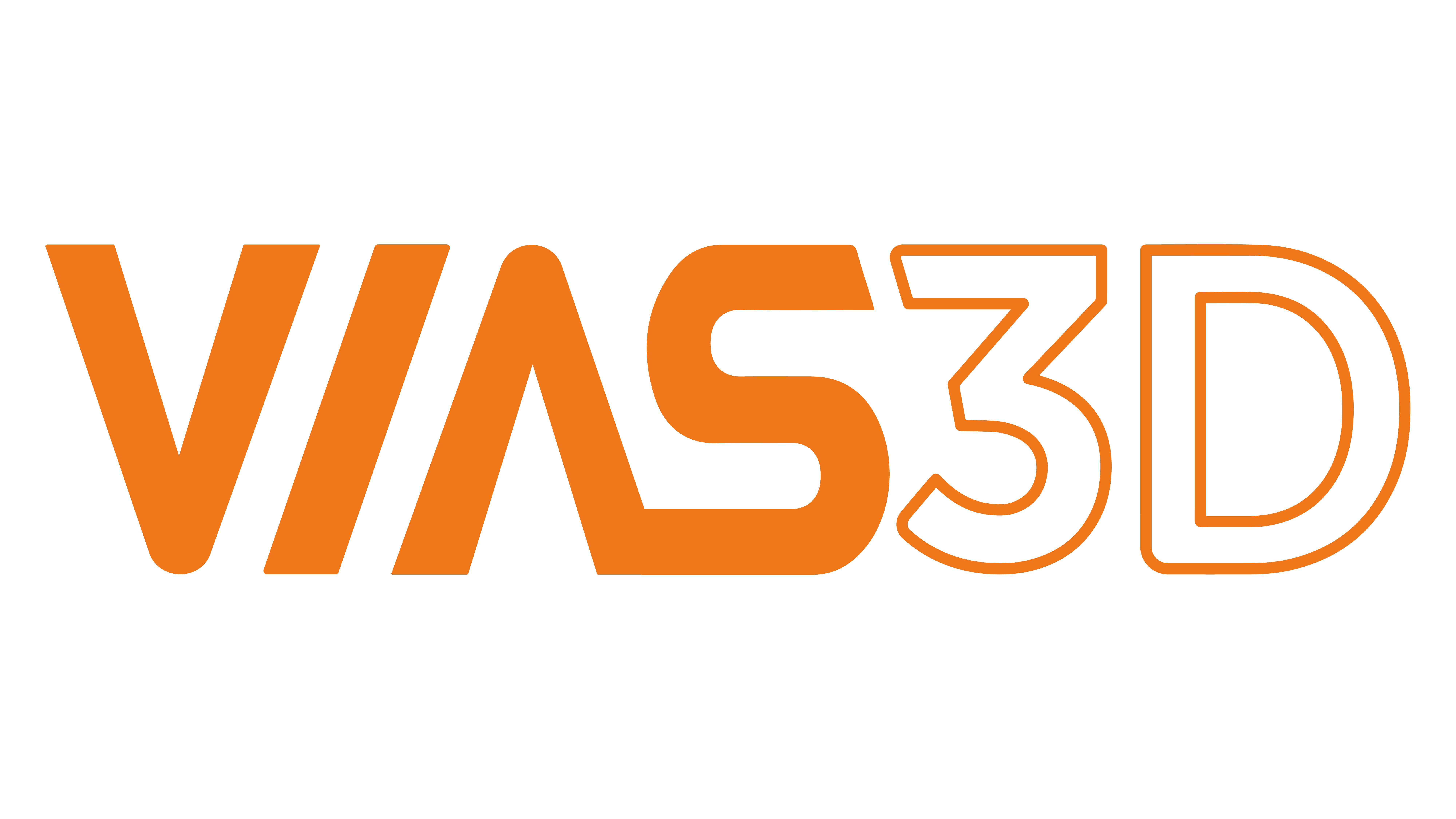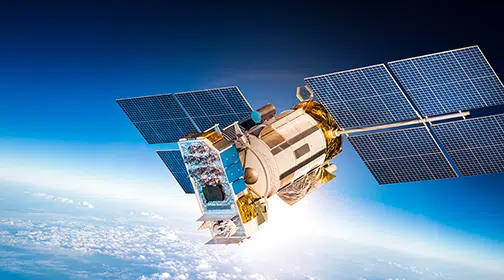Since the 1st satellite launched in 1957, the technology kept evolving & companies are still looking forward to identifying opportunities & finding alternatives for a 100% success in satellites launches. Thanks to the advanced & sophisticated systems, we now have multistage manned & unmanned launchers, reusable & land/ sea launchers but the major objective, even today, is to produce increasingly sophisticated satellites and reusable launchers.
One of the most critical points in the communication technology established by the satellites is the launch of the satellite & controlling support systems. Not to forget the most expensive phase of the total system cost too. To put satellite into its orbit, the launcher must operate precisely & successfully carry out other operations. Traditional satellite launch companies must innovate& adapt to modern technologies to meet this kind of precision level which is achieved using sophisticated simulation technologies.
Advanced virtual simulation capabilities allow companies to accelerate the testing and validation process. When they are equipped with multi-scale and multi-physics simulation capabilities that can rapidly reproduce complex space systems, new companies who aim to produce small satellites – capable of carrying larger payloads, provide more accuracy & have high power – in small time can explore various simulation technologies which help them to address quality issues, test designs faster and launch satellites much quickly into the orbit.
While developing a satellite system including the launch operations, one needs to consider the number of challenges that need to be resolved in initial stages, such as:
- Minimize satellite weight without compromising performance
- Quick deployment, scalability & optimized TCO cloud solution
- Increase satellite reliability & mission success
- Successful satellite separation once launched
- Minimise vibration caused by thrust of the rocket
- Temperatures of all components do not exceed their specified limits & so many more.
Thus, it is a need to have advanced technologies in place to overcome all the challenges.
SIMULIA – a set of simulation solutions equipped with Multiphysics simulation capabilities helps in validating designs and create innovative products which can handle more payload, power, data processing & pointing accuracy. It can also accelerate the development time of the product which is ideation stage to the 1st launch by virtual reality & virtual simulation.
SIMULIA portfolio offers variety of tools which are helpful in calculating structural & thermal analysis, fatigue analysis, noise & vibration simulation for the real-world conditions & process automation.
Abaqus – FEA is primarily used to calculate how much structural forces like pressure, stress & strain the components can bear. Given the input of main structure of the satellite, this tool provides us with approved satellite structure design & satellite substructure model. Static & dynamic structural analysis can be obtained using this tool.
Fe-Safe is used to evaluate the performance of small components packed into the satellite. It calculates the durability & fatigue to predict component life cycle
Isight – helps in process automation & design exploration. Tosca helps in structural & Fluid optimization to minimise product weight.
CST Studio Suite is a high-performance electromagnetic analysis software package for analyzing & optimizing electromagnetic (EM) components and systems it has 4 general purpose solvers & 23+ application solvers, It is used to design & analyse antenna performance, EMI/EMC analysis alongwith EDA, wide variety of ECAD & MCAD format support & for many more electromagnetic simulation applications ensuring successful satellite launches.
These Multiphysics simulation tools can help in vibro-acoustic analysis to understand vibration caused by thrust of the rocket. It can also design & develop an excellent satellite deployment mechanism & provide us with real time dynamic behaviour of the mechanism. With materials used & structural inputs, the SIMULIA can provide a detailed thermal analysis. It provides the overall thermal performance assessment with thermal hotspots indicating potential failure locations. Thus, pointing out component & assembly deformations, operating stresses due to thermal stress.
To know more how Multi Physics Simulation can help you in your area of work, contact us on this link https://vias3d.com/in/contact/ or on [email protected]
About Vias3D
Vias3D engineering and simulation team combines decades of analytical and design experience. They have successfully helped to design various products from many industries for strength, stability, rigidity, and fatigue endurance. Our design and analysis capabilities are accomplished through advanced engineering modelling techniques such as Finite Element Analysis (FEA), Computational Fluid Dynamics (CFD), Electromagnetics (EMAG) and other tools.
Using these advanced tools, we can capture complex design features and nonlinearities arising from materials, geometry, and surface interactions to simulate designs and predict their response before they are brought in production.



